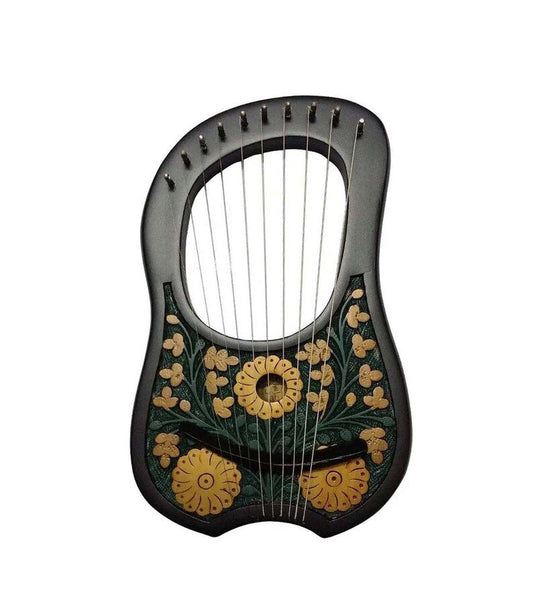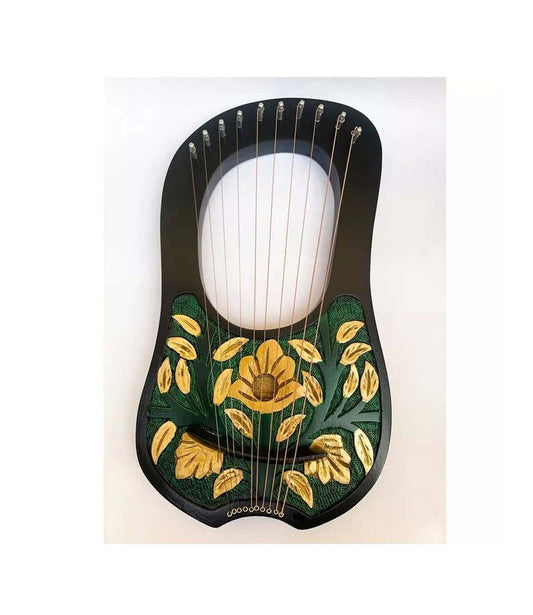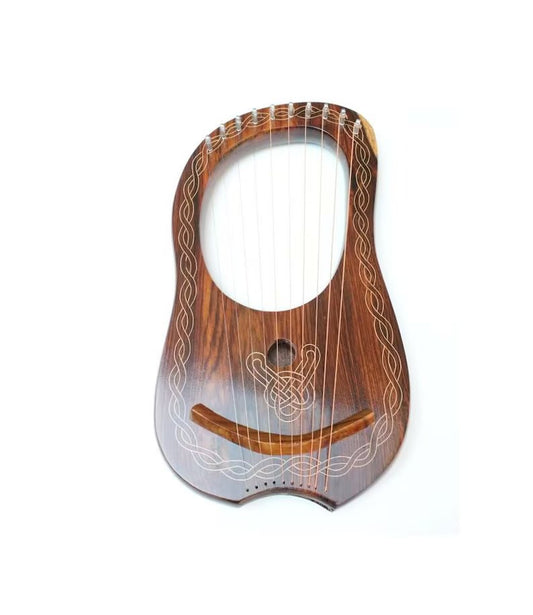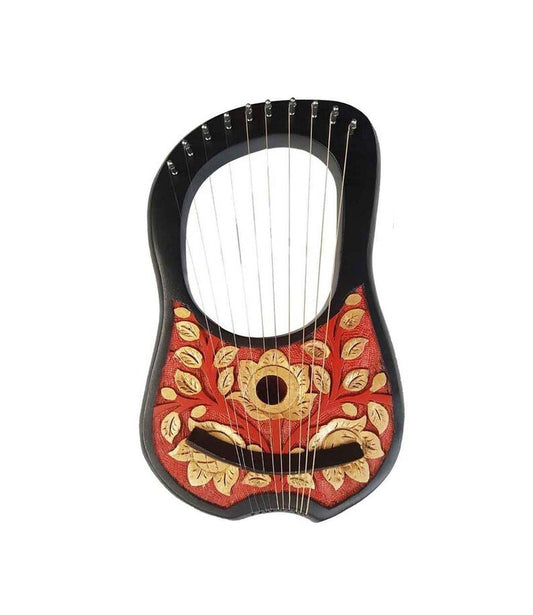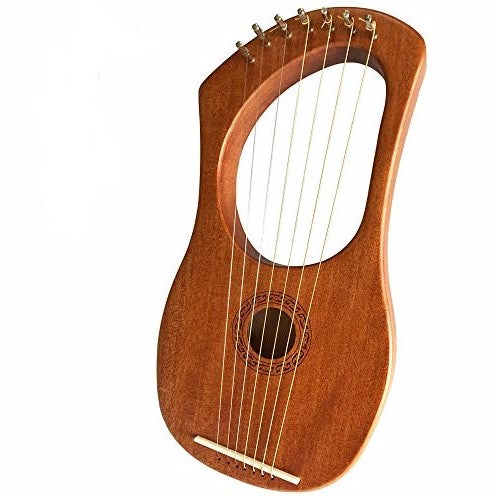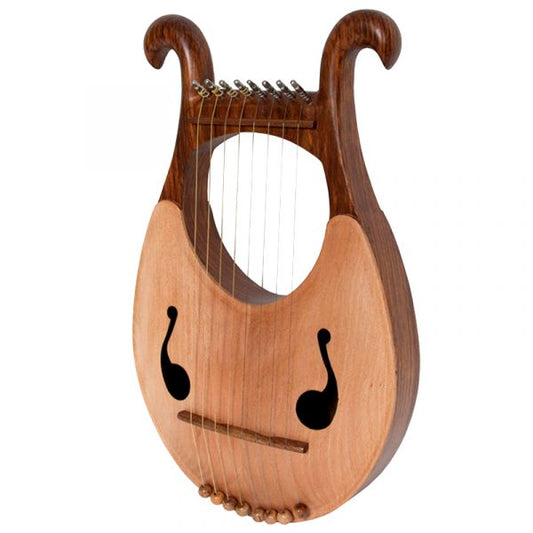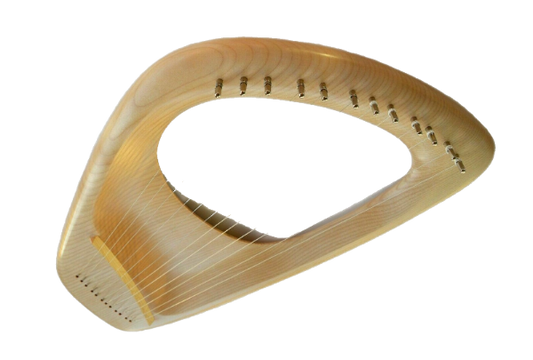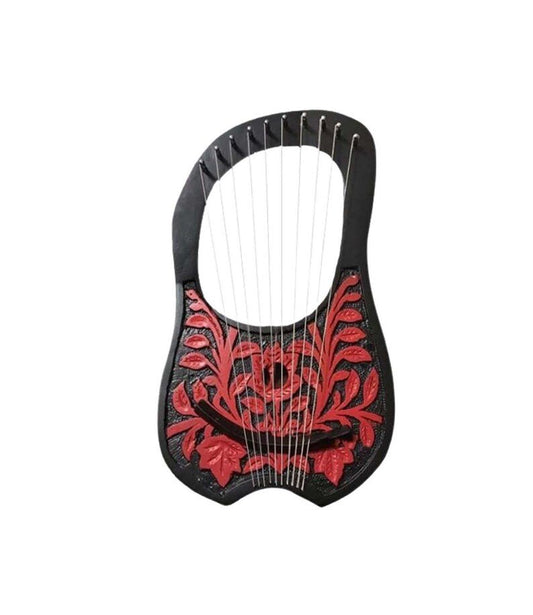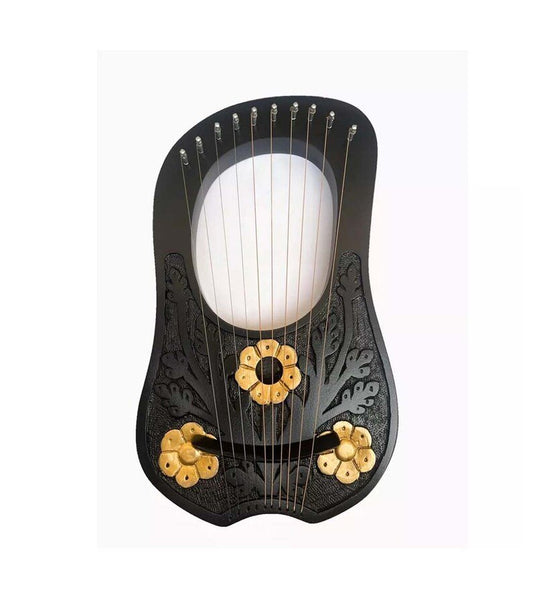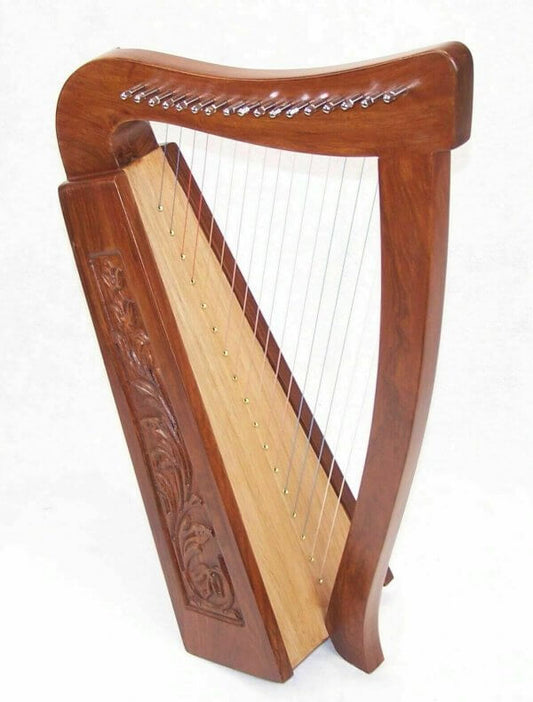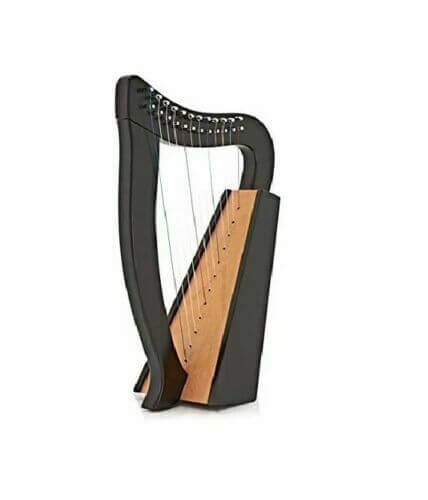-
Special Design Rosewood Lyre Harp
Regular price $108.00 CADRegular priceUnit price / per$151.00 CADSale price $108.00 CADSale -
Rosewood Flower Design Lyre Harp
Regular price $108.00 CADRegular priceUnit price / per$151.00 CADSale price $108.00 CADSale -
Rosewood 10 Strings Flower Design Lyre Harp
Regular price $108.00 CADRegular priceUnit price / per$151.00 CADSale price $108.00 CADSale -
Rosewood 10 Strings Celtic Lyre Harp
Regular price $108.00 CADRegular priceUnit price / per$151.00 CADSale price $108.00 CADSale -
New Design Rosewood Lyre Harp
Regular price $108.00 CADRegular priceUnit price / per$151.00 CADSale price $108.00 CADSale -
Lyre Harp Orchestral Strings Instrument with Tuning Wrench
Regular price $108.00 CADRegular priceUnit price / per$151.00 CADSale price $108.00 CADSale -
LYRE HARP 8-STRING ROSEWOOD
Regular price $108.00 CADRegular priceUnit price / per$151.00 CADSale price $108.00 CADSale -
Lyre Harp 7 String Musical Instrument Pentatonic Ash Handcarved Waldorf Lyre
Regular price $108.00 CADRegular priceUnit price / per$151.00 CADSale price $108.00 CADSale -
Flower Design Rosewood Lyre Harp
Regular price $108.00 CADRegular priceUnit price / per$151.00 CADSale price $108.00 CADSale -
BOWYNN 8 STRING LYRE HARP
Regular price $108.00 CADRegular priceUnit price / per$151.00 CADSale price $108.00 CADSale -
Black Rosewood Lyre Harp
Regular price $108.00 CADRegular priceUnit price / per$151.00 CADSale price $108.00 CADSale -
Best Rosewood Lyre Harp
Regular price $108.00 CADRegular priceUnit price / per$151.00 CADSale price $108.00 CADSale -
27 Inch Tall Celtic Irish Knee Harp 17 Strings
Regular price $547.00 CADRegular priceUnit price / per$684.00 CADSale price $547.00 CADSale -
12 String Black Rosewood Irish Engraved Harp and Free Bag
Regular price $342.00 CADRegular priceUnit price / per$410.00 CADSale price $342.00 CADSale
Collection: Lyre Harps
Lyre Harps: A Harmonious Blend of Lyre and Harp
Introduction: Lyre harps, also known as lyre-harps or lyre-harpas, are stringed instruments that combine elements of both the lyre and the harp. With their unique design and enchanting sound, lyre harps offer players a harmonious blend of two ancient musical traditions. In this guide, we'll explore the origins, features, construction, playing techniques, and significance of lyre harps in music.
Origins and Evolution: The lyre harp draws inspiration from two ancient stringed instruments: the lyre, which dates back to ancient Mesopotamia and Greece, and the harp, which has roots in ancient Egypt and Mesopotamia. The combination of these two instruments into the lyre harp represents a fusion of historical musical traditions and craftsmanship.
Features of Lyre Harps:
-
Body: Lyre harps feature a resonant body, often made of wood, with a curved or U-shaped design reminiscent of the lyre. The body serves as a soundboard, amplifying the vibrations of the strings to produce sound.
-
Strings: Lyre harps typically have between 7 to 16 strings, though some models may have more or fewer. The strings are usually made of nylon or metal and are tuned to specific pitches to create a melodious scale.
-
Pillars: Unlike traditional lyres, which have a single pillar, lyre harps often feature two vertical pillars or columns that support the strings. These pillars provide stability and structural integrity to the instrument.
-
Soundholes: Lyre harps may have decorative soundholes or openings carved into the body, allowing sound to escape and resonate freely, enhancing the instrument's acoustic properties.
Construction Materials: Lyre harps are crafted from a variety of materials, including:
-
Wood: Common woods used for lyre harp construction include maple, mahogany, walnut, and cherry. These woods are prized for their resonance, durability, and aesthetic appeal.
-
Metal: Some lyre harp models feature metal components, such as tuning pegs, strings, and decorative embellishments. Metals like brass or bronze are used for their strength and decorative qualities.
Playing Techniques: Playing the lyre harp involves plucking the strings with the fingers or a pick to produce notes and melodies. Common techniques include:
-
Finger Plucking: Players use their fingers to pluck the strings individually or in chords, creating rich and expressive sounds.
-
Strumming: Some players may choose to strum the strings with a pick or plectrum, producing a brighter and more percussive tone.
-
Arpeggios: Arpeggios, or broken chords, are often employed to create fluid and flowing passages that highlight the instrument's melodic capabilities.
Significance in Music: Lyre harps hold significance in various musical contexts:
-
Historical Repertoire: Lyre harps are associated with ancient musical traditions and historical repertoire, including folk songs, ballads, and ceremonial music.
-
Contemporary Performance: Modern musicians and composers continue to explore the expressive potential of the lyre harp in contemporary music genres such as world music, new age, and experimental music.
-
Educational Tool: Lyre harps are used in music education settings to introduce students to the principles of stringed instrument playing, music theory, and composition.
Conclusion: Lyre harps are captivating instruments that bridge the ancient worlds of the lyre and the harp, offering players a unique and enchanting musical experience. With their resonant bodies, melodious strings, and evocative sound, lyre harps continue to inspire musicians, composers, and enthusiasts around the world, connecting us to the rich tapestry of musical heritage and creativity.

